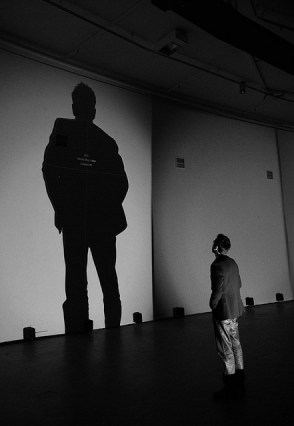Personal Journeys with Gramma
Life adventures, inspiration and insight; shared in articles, advice, personal chats and pictures.
Looking at Invisible Creative Selves
We are all comprised of different selves we parade for different occasions and different purposes. We talk of our inner child, our naughty nature, and other incarnations we sometimes blame or praise for acts we have trouble owning. Why do we envision these separate selves? Sometimes we surprise ourselves. We do or create beyond our consciousness. Sometimes we need an explanation for why we, as artists, are weird.
Authors and artists of many types may be entertained to discover the pain and humor all authors experience as they accept a writing identity. In the book WHO’S WRITING THIS?, editor Daniel Halpern collects the musings of 55 different authors on the imaginary self many authors credit with the creation of their works—authors such as Diane Ackerman, Edward Albee, Frank Conroy, Edward Gorey, or James Michener. Diane Ackerman, for example, claims “I am no longer responsible for any acts committed by my previous selves.” She describes herself as a child imagining that she was not human but an extraterrestrial from a “…planet where art was deeply revered and prized.” How many creative types entertained similar fantasies when they discovered they weren’t like everyone else? What is the lure of Harry Potter? He’s different and he’s still the hero.
Allan Gurganus explains the contrast between the author inside and the writer: “As the public gasbag ‘author,’ I remain outwardly colorful, personable, regional, dogged, left-leaning if well-dressed, raffish, opinionated on behalf of keeping lazier interviewers happy. As the cringing, self-critical, hyper-private ‘writer,’ I myself remain the color of, say, lint. That’s the artist. He is the neutral, generic human form, the gray center who must always assume disguises—in order to be seen and, therefore, to feel, himself.”
Elmore Leonard describes his writing process as one of getting the names of characters right. “So, Elmore names us, gets us talking to each other, bumping heads or getting along okay and then, I don’t know what happens to him. I think he takes off, leaves it up to us.” Peter Mayle complains about his writer: “He is an uncomfortable companion—a nag, a fretter, a seeker after work, a spoilsport. I am often content to pass my days in the garden or with a book. He isn’t. He feels that I am wasting time that should be devoted to writing.” James Michener, who was accused of hiring a staff to complete his research, writes, “I see myself as the shell of a man who behaves himself and presents an amiable face to the public, while the real Michener and his staff of twenty labor in some shadowy hall, writing the books and bringing the finished manuscripts to me to sign.”
If you’re a creative type, someone who loses sense of self as you write or paint or design, what kind of relationship do you have with the self who forgets you and your daily business to become enmeshed in the product?



I take my self for a walk.
My creative self is shy. She runs away when I lean on her too heavily and I have to feed her chocolate to make her come out. 🙂